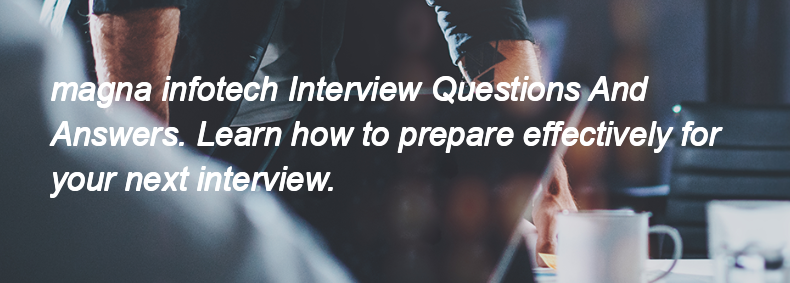Ques:- What is Agile methodology, and how does it differ from traditional project management approaches
Asked In :-
Xoriant Solutions Pvt Ltd, Bold Technology Systems, AnAr Solutions, Rock Solid Solutions, Walkover Web Solutions, Toxsl Technologies, Itobuz Technologies, Addweb solutions, Indocosmo Systems, Fortunesoft IT Innovations,
Right Answer:
Agile is an iterative and incremental approach to project management that focuses on collaboration, flexibility, and customer satisfaction. Unlike traditional, sequential (waterfall) methods, Agile embraces change throughout the project lifecycle through short development cycles called sprints.
Agile is an iterative and incremental approach to project management that focuses on collaboration, flexibility, and customer satisfaction. Unlike traditional, sequential (waterfall) methods, Agile embraces change throughout the project lifecycle through short development cycles called sprints.

